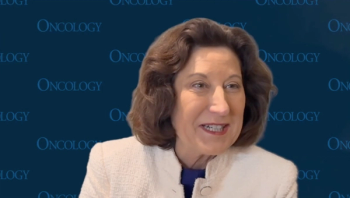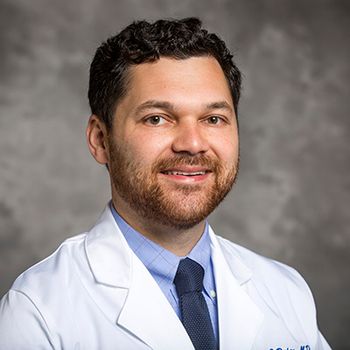
Oncology NEWS International
- Oncology NEWS International Vol 18 No 7
- Volume 18
- Issue 7
Healthcare advocates call for universal coverage, acknowledge challenges
Washington, DC-The idea of universal healthcare coverage was a crowd pleaser at the 2009 Annual Advocacy Training Conference of the National Breast Cancer Coalition, but expert panelists agreed that making that dream into a reality will take time and perseverance.
Washington, DC-The idea of universal healthcare coverage was a crowd pleaser at the 2009 Annual Advocacy Training Conference of the National Breast Cancer Coalition, but expert panelists agreed that making that dream into a reality will take time and perseverance.
At an NBCC plenary session, participants compared the attempted reform of the health system during the administration of President Bill Clinton to the current situation.
“We’re in the same position today that we were then, but some things are different now. President Obama is much more popular than Mr. Clinton was, and major stakeholders are in a more powerful position than they were 15 years ago,” said session moderator Joanne Howes, a women’s health policy consultant and a partner with DDB Issues & Advocacy.
Women are some of those major stakeholders now, said Cindy Pearson, executive director of the National Women’s Health Network. Women have been responsible for most of the public health gains in this country, such as the promotion of breast cancer screening and clinical trial recruitment.
Obviously, more public participation is needed. Carmella Bocchino, executive vice president of clinical affairs and strategic planning at America’s Health Insurance Plans, said that consumers must be part of the debate on healthcare reform. “President Barack Obama has laid out an eight-pillar plan for change and he knows that tackling cost containment has to be the first order of business,” she said.
However, Judith Feder, PhD, a professor of public policy at the Georgetown Public Policy Institute in Washington, DC, warned that healthcare reform cannot be so drastic that it frightens consumers. “To truly change the system, emphasis should be placed on prevention, on rewarding good care, and providing only necessary care. Consumers understand these things but are reluctant to practice them,” she said.
Jeffrey Levi, executive director of the Trust for America’s Health, said that he believes the most important elements of President Obama’s eight pillars are health IT, comparative effectiveness of health research, and community level prevention. “However, if bills to achieve these goals are perceived as too expensive, they won’t be passed,” he cautioned.
Articles in this issue
over 16 years ago
Less is more when it comes to serial CA125 testing in ovarian cancerover 16 years ago
Treatment varies widely in chronic myeloid leukemiaover 16 years ago
Oncology takes blame for rising healthcare costover 16 years ago
NSABP chair admits ‘failure’ in C-08 trial, denies defeatover 16 years ago
Gemcitabine, capecitabine regimens equal in breast ca metsNewsletter
Stay up to date on recent advances in the multidisciplinary approach to cancer.















































































